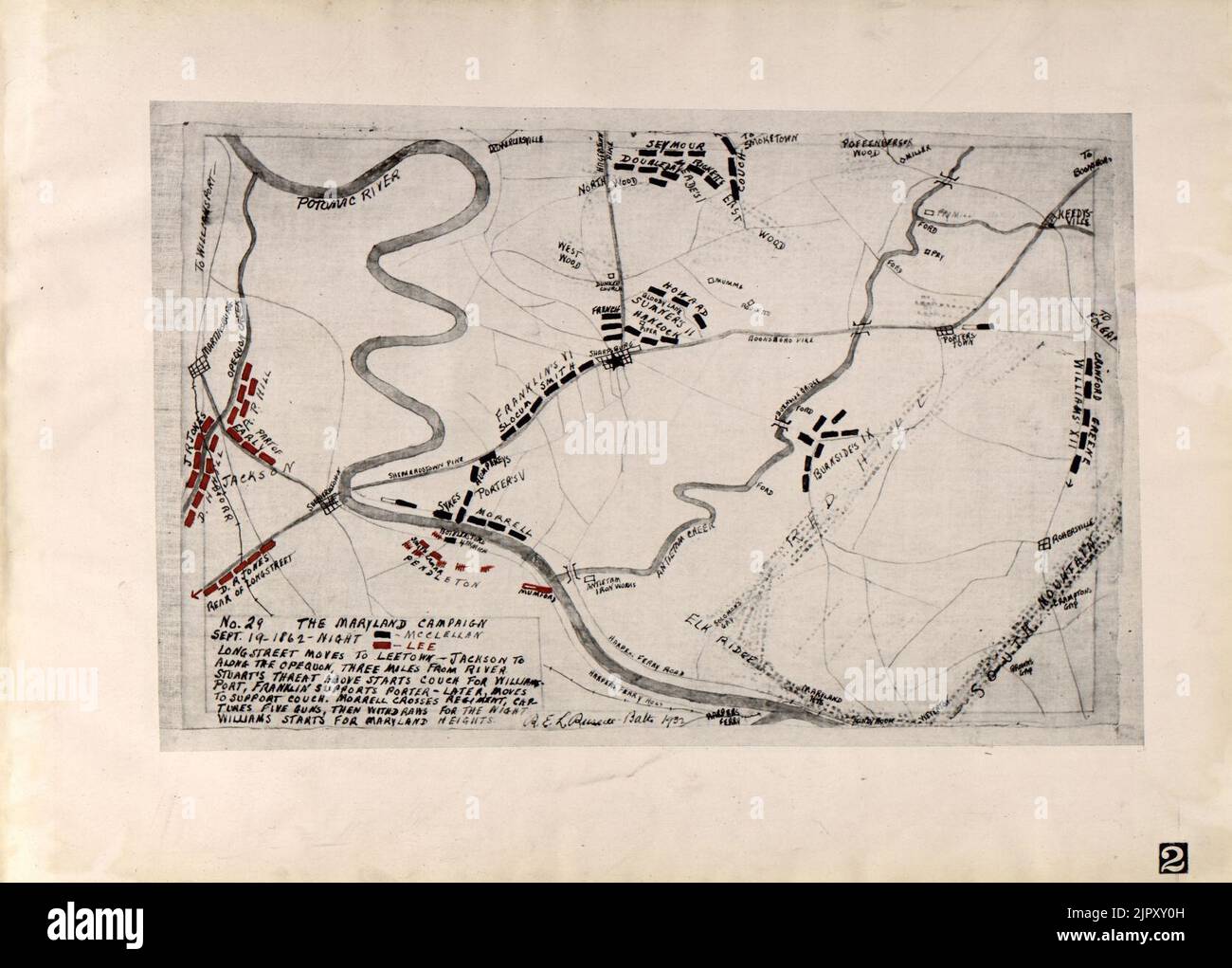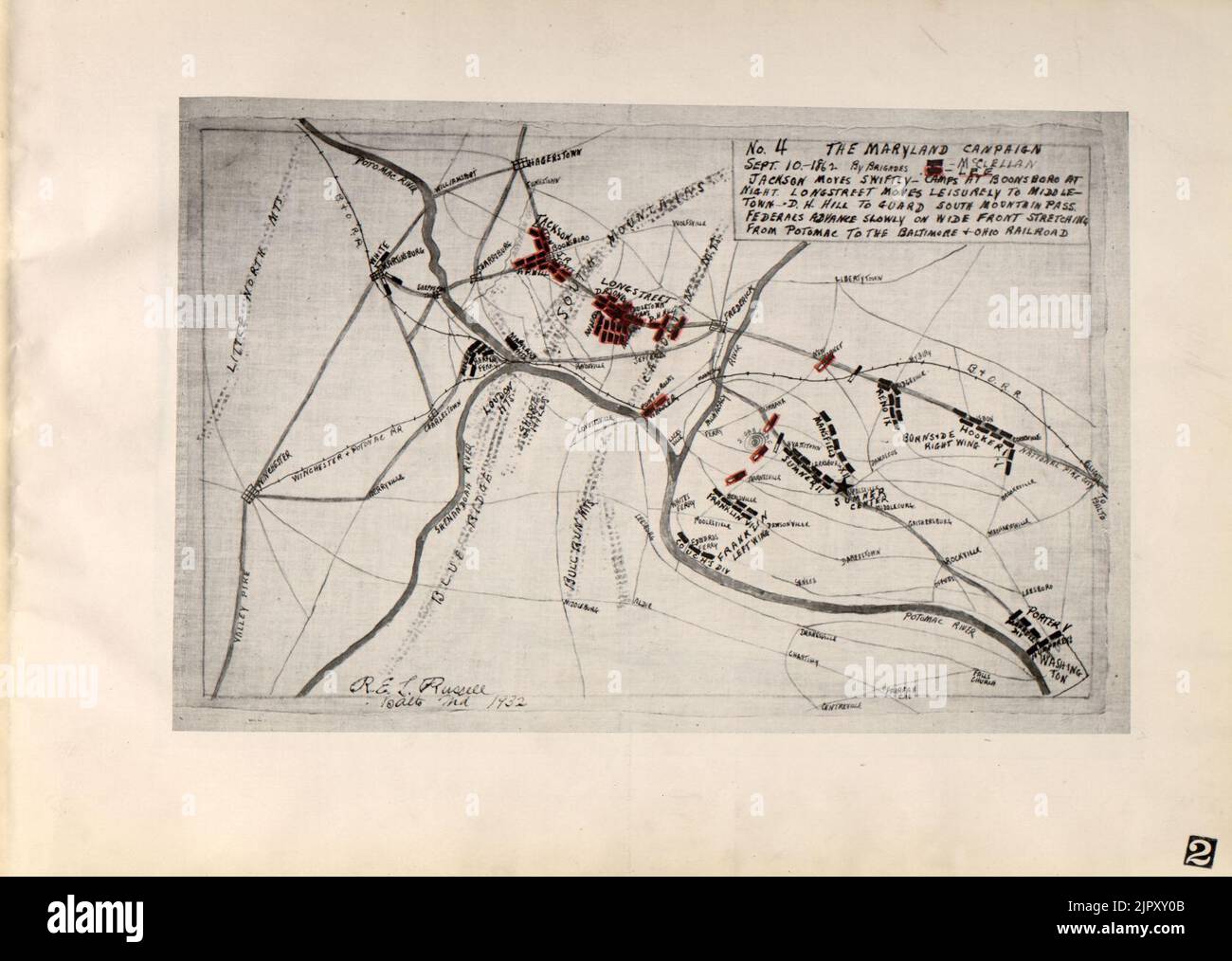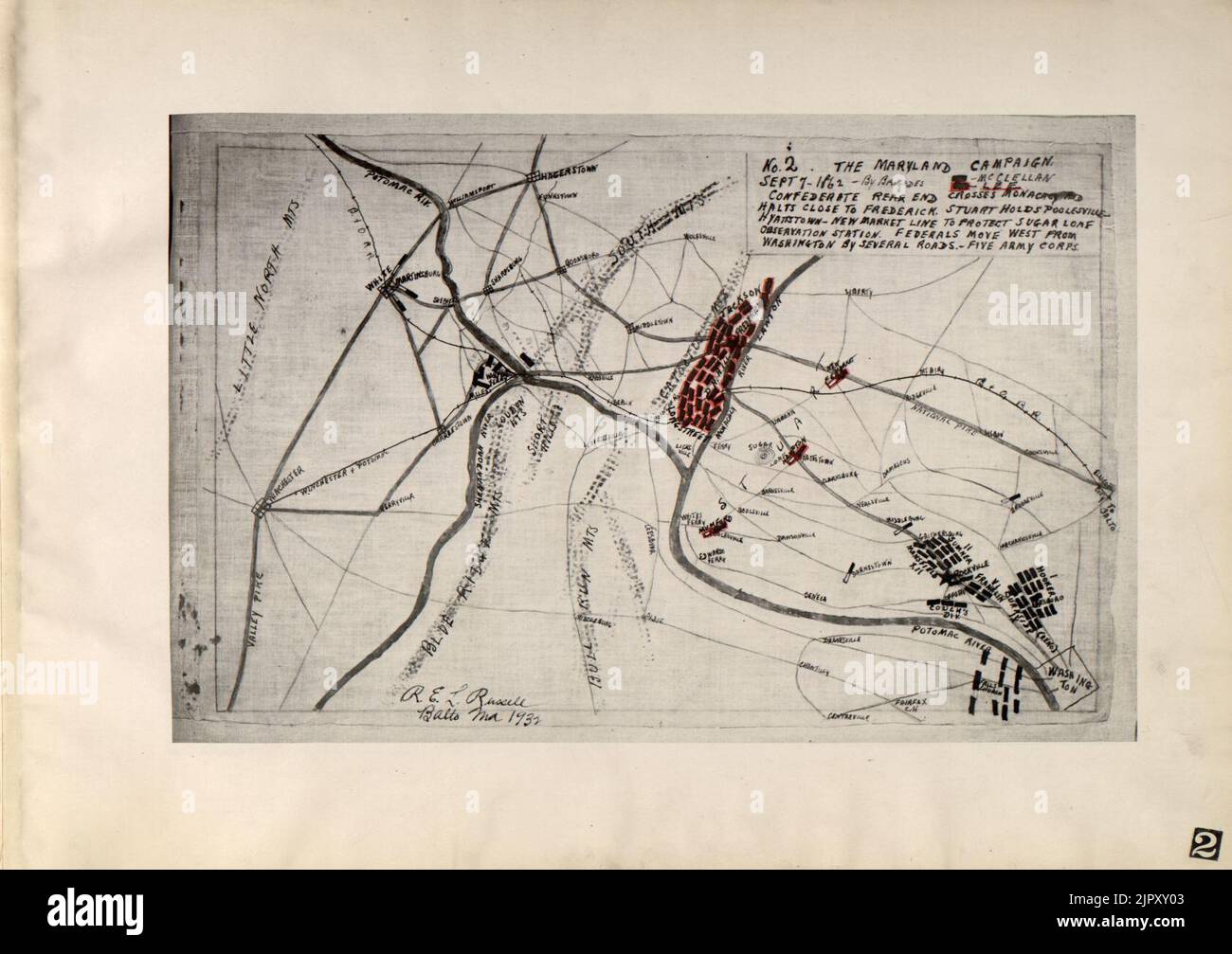
The Enduring Echoes: American Legends Born from Blood, Soil, and Sky
Sharpsburg, Maryland, September 17, 1862. The sun rose on what would become the bloodiest single day in American history. As the Union Army of the Potomac clashed with Robert E. Lee’s Confederate forces along Antietam Creek, the very soil of Maryland drank deep of sacrifice. Cornfields became killing grounds, sunken roads turned into rivers of blood, and the air thrummed with the roar of cannon and the screams of men. This was the Maryland Campaign, a pivotal moment in the nation’s agonizing struggle for survival, and a stark reminder that the crucible of history often forges more than just new borders and political landscapes. It forges legends.
"Ah, Maryland Campaign," one might muse, gazing upon the serene fields today, where white fences mark the paths of long-dead soldiers. The campaign, a desperate gamble by Lee to bring the war to Union soil, ultimately failed to win European recognition or break Northern morale. Yet, its echoes resonate not just in history books, but in the whispered tales of spectral soldiers still marching through Bloody Lane, the lingering chill in the Pry House, or the inexplicable flickering lights near Burnside’s Bridge. These are the immediate, visceral legends born from trauma, the ghosts that walk where profound events transpired. But the story of American legends is far vaster, stretching from the earliest colonial whispers to the furthest reaches of the digital age, a tapestry woven from fear and hope, expansion and introspection, a collective memory that shapes our understanding of who we are.
The American landscape, from its dense eastern forests to its expansive western plains, has always been fertile ground for the fantastic. Before the ink was dry on the Declaration of Independence, the nascent colonies were already brewing their own distinctive folklore. Take the chilling tales from Sleepy Hollow, immortalized by Washington Irving. The Headless Horseman, a Hessian trooper decapitated by a cannonball during the Revolutionary War, thundering through the autumn nights, epitomizes the blend of Old World superstition with New World conflict. It’s a legend born of a specific historical period – the anxieties of a young nation still finding its footing, haunted by the specter of its recent bloody birth.

Further south, the enigmatic fate of the Lost Colony of Roanoke remains one of America’s oldest and most enduring mysteries. In 1590, an English relief expedition found the Roanoke Island settlement deserted, with only the word "CROATOAN" carved into a post. Was it assimilation? Slaughter? A curse? The lack of a definitive answer has allowed the legend to fester for centuries, embodying the terrifying vulnerability of early colonial ventures against the vast, unknown wilderness and its indigenous inhabitants. It speaks to a primal fear of the untamed, a recurring theme in American folklore.
As the nation pushed westward, so too did its legends evolve, reflecting the colossal scale of the land and the Herculean efforts required to tame it. The frontier was a land of giants, both real and imagined. Paul Bunyan, the colossal lumberjack with his blue ox, Babe, carved out lakes and rivers with a swing of his axe, symbolizing humanity’s ambition to conquer and reshape the wilderness. His stories, often told around campfires by actual loggers, were not just entertainment but a way to make sense of the monumental task of clearing vast forests, transforming it into something manageable, even humorous. Similarly, Johnny Appleseed (John Chapman), the eccentric frontiersman who truly did spread apple seeds across the Midwest, became a legend of peace, perseverance, and the humble act of planting for future generations. These figures, larger than life, embodied the American spirit of ingenuity, hard work, and an almost spiritual connection to the land.
The Civil War, which so profoundly scarred the Maryland landscape, also left an indelible mark on the nation’s legendary landscape. Beyond the battlefield ghosts, the war’s aftermath, coupled with the rapid industrialization of the late 19th century, gave rise to new archetypes. John Henry, the "steel-driving man," who raced against a steam-powered drill and won, only to die with his hammer in his hand, is a potent legend of human strength and dignity against the impersonal forces of technology. He represents the workingman’s struggle, a lament for a bygone era of manual labor, and a celebration of the human spirit’s resilience. "A man ain’t nothin’ but a man," the ballad sings, "But before I’ll let that steam drill beat me down, I’ll die with my hammer in my hand." This simple line encapsulates the core of the legend – defiance in the face of progress.
The transition into the 20th century, with its technological marvels and growing interconnectedness, didn’t diminish the appetite for the strange; it merely shifted its focus. The vast, unexplored corners of the American continent continued to hold secrets. The legend of Bigfoot, or Sasquatch, a large, ape-like creature roaming the Pacific Northwest, became a modern-day wilderness myth. Fuelled by blurry photographs, grainy film footage, and countless eyewitness accounts, Bigfoot embodies our lingering fascination with the unknown, the idea that despite all our advancements, pockets of wild mystery still exist just beyond the edge of civilization. It’s a primal whisper from the forests, a reminder that we don’t know everything.
Then came the sky. With the advent of flight and the Cold War’s anxieties, the heavens themselves became a canvas for new legends. The Roswell Incident of 1947, involving a supposed UFO crash in New Mexico, ignited a nationwide fascination with extraterrestrial life that continues to this day. Was it a weather balloon? A secret military project? Or genuine alien visitation? The ambiguity allowed the legend to flourish, tapping into our deepest hopes and fears about what lies beyond Earth. It reflects a uniquely American blend of technological wonder, government distrust, and an enduring sense of cosmic curiosity.
In the shadows of this national narrative, countless local legends persist, often more bizarre and terrifying. The Mothman of Point Pleasant, West Virginia, a winged humanoid creature seen before the collapse of the Silver Bridge in 1967, is a chilling example of a localized legend that gained national notoriety. Was it a harbinger of doom? A government experiment? Or a mass delusion fueled by fear? These regional cryptids and spectral figures, from the Jersey Devil to the Goatman of Maryland (yes, even Maryland has its share beyond Antietam’s ghosts), serve as cultural touchstones, reflecting the unique anxieties and historical peculiarities of their specific locales. They are often cautionary tales, embodying the dangers of straying from the path, disrespecting nature, or uncovering forbidden knowledge.
Why do these legends persist, from the Headless Horseman to Bigfoot, from the tragic figures of the Civil War to the cosmic visitors of Roswell? Part of their power lies in their ability to articulate the inarticulable, to give form to our collective fears, hopes, and values. They are not merely stories; they are a form of cultural shorthand, passed down through generations, shaping our understanding of courage, justice, resilience, and the unknown. They provide a narrative framework for the inexplicable, offering explanations where science or history falls short.
Moreover, legends are adaptable. They evolve with the times, absorbing new details, shedding old ones, much like a living organism. The internet, far from killing folklore, has become a potent new medium for its dissemination, creating "creepypastas" and urban legends that spread globally in a matter of hours. This digital age shows that the human need for myth and wonder remains undiminished.

Ultimately, the legends of America, whether they spring from the hallowed ground of Antietam or the depths of the internet, are a testament to the nation’s ongoing conversation with itself. They are the whispers of our past, the echoes of our struggles, and the dreams of our future. They remind us that history is not just a collection of facts and dates, but a living, breathing narrative, constantly being retold and reinterpreted, woven into the very fabric of our national identity.
So, as one stands on the fields of Sharpsburg, where the ghosts of the Maryland Campaign still linger in the evening mist, one understands that these specters are not just remnants of a specific battle. They are part of a grander American mythology, a continuous narrative stretching across centuries, proving that the human heart will always seek meaning, magic, and mystery in the world around it. The legends are not just tales of the past; they are the enduring echoes of the American soul.


